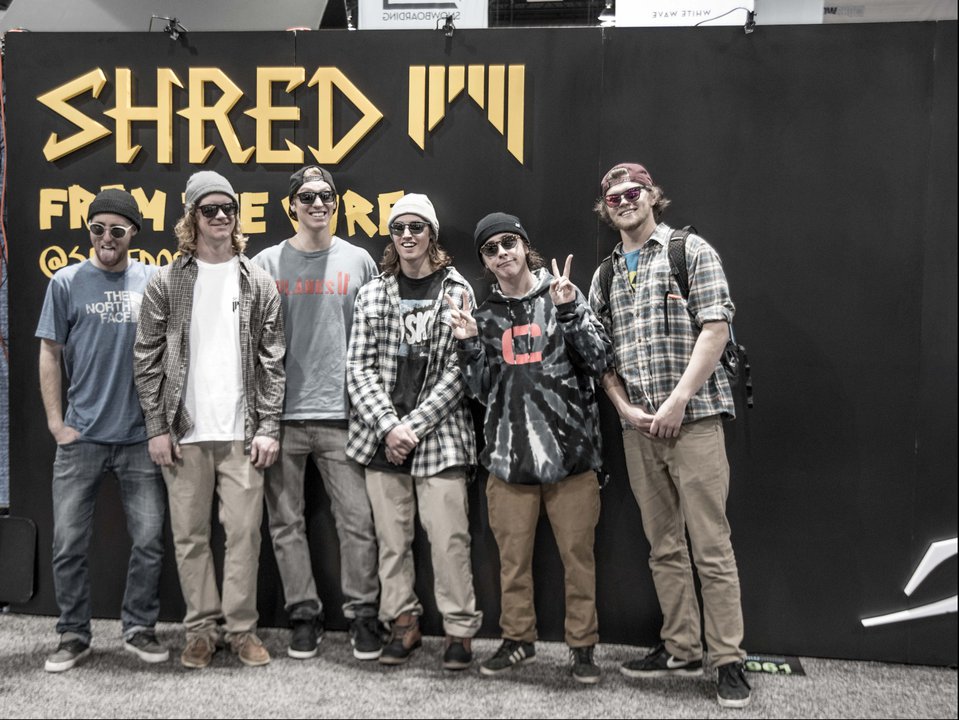Photos: Rachel Bock
Shred optics and Slytech made waves a couple seasons back with the signing of Tom Wallisch, arguably the biggest name in freeskiing. Since then, they have been quietly improving and expanding their protection lineup, including Tom’s signature “Walnuts” series. We sat down with AJ Avrin to get a closer look at the technology driving his the company’s products.
http://www.newschoolers.com/videos/watch/810179/SIA-2016---Shred-Optics
First up is the Bumper No Shock helmet. AJ explained that it “allows for infinite-direction relative movement of the head inside the shell.” Which, for the rest of us, means that the helmet can absorb and deflect impacts on any axis, not just the x and y that traditional helmet technology covers. They have 8 inserts in the liner that swivel and deflect that energy. That’s important because it allows the helmet, not your brain, to absorb more of the acceleration. They have also included something called slow response EPP. The material is of a different density than the rest of the helmet, and it helps to spread impacts sideways through the helmet, not into your head.

Bumper Walnuts helmet
This is all similar to MIPS technology, which is making its way into more and more helmets. The difference is that Shred’s tech is proprietary, and that makes it cheaper for you, the consumer.

Simplify Walnuts goggle
Next we look at the Simplify Walnuts, Wallisch’s pro model goggle. Shred actually studied people's eyes in order to maximize their goggles’ field of vision, and it’s honestly pretty impressive. So is their quick change system for the lens. It includes some gimmicky technology to stop your lenses from distorting at elevation, but more importantly the lens snaps into place better than any other quick change system I’ve seen. It’s kind of like tupperwear, and it doesn’t use magnets or external clips so it won’t fall out when you fall down and it doesn’t hinder your field of vision. There are some nice details too, like the staircase pattern on the goggle strap which is a nod to Wallisch's street skiing.

Lastly, AJ brings out one of Slytech’s back protectors. The No Shock model is made of the same foam used in their helmets, developed by their product engineer, who went to MIT. Henrik Harlaut recently joined the team; he wears the Slytech One which is the more affordable version. I think that back and leg protectors are poised to become a lot more common, and with good reason. Slytech makes comfortable, effective gear that will protect you when you catch an edge on a double kink over a concrete stair set. It's hard to argue with that.


Comments